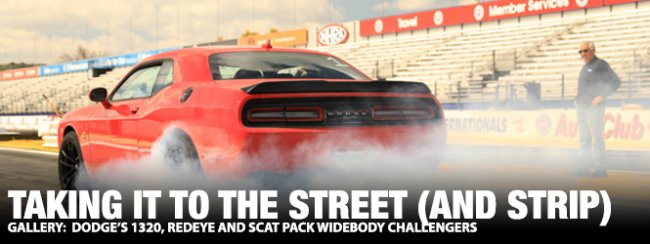
“A lot of car companies keep trying to reinvent their vehicles, do the latest thing, in an effort to figure out how they can make their car look cooler,” said Mark Trostle, head of design for Dodge, Chrysler, and SRT, as he introduced Dodge’s latest performance entries in the Challenger lineup. “To me, this car is timeless – we just continue to refine it, connect with our customer, and offer different types of packages that cater to their needs.”
That philosophy seems to be working: Not only is the Challenger coming off its best sales year in the model’s history, Dodge’s coupe outsold the Camaro for the second year in a row, and it even took the sales crown away from the perennial best-selling car in the segment, the Ford Mustang, in the fourth quarter of 2018.
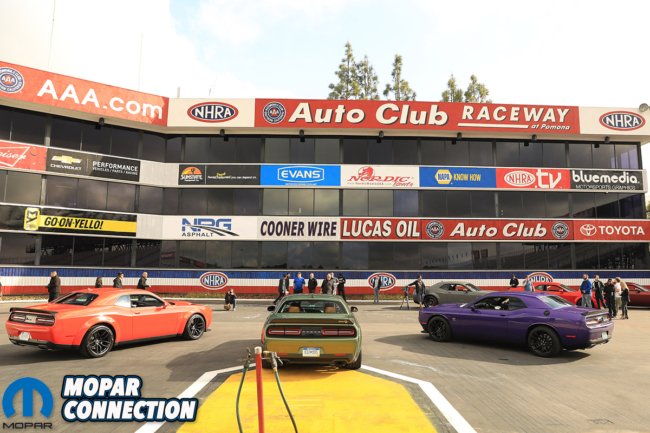
And it’s not just about designing a pretty face – Dodge’s staunch commitment to the brand’s heritage has not gone unnoticed by enthusiasts, who are now able to walk into an FCA dealership and drive home with 800 horsepower under the hood straight from the factory. But much like muscle cars’ golden era back in the 1960s, a core element of the Challenger’s continued success is choice. Not everyone wants or has the coin to drop on a near-$100K Demon, for instance, but there are plenty of folks who want to mix up at the drag strip on Friday night without having to build a drag car from scratch.
To that end, Dodge invited us to Auto Club Raceway in Pomona, California to get some seat time behind the wheel of their latest creation, the Challenger Scat Pack 1320. This drag-tuned machine boasts an array of hardware and technology pulled through from the Demon parts bin, but at a starting price of $44,995 and no production cap, the 1320 appeals to speed freaks who’re looking for an affordable option to start running respectable ETs straight out of the box.
And as if that wasn’t enough keep us satisfied, they also brought along their latest street and track terrors, the Scat Pack Widebody and the 797-horsepower SRT Hellcat Redeye. Our street drives with those would take us along SoCal’s legendary Route 39, a winding stretch of tarmac in the San Gabriel Mountains that would allow us to put those grippy machines through their paces.
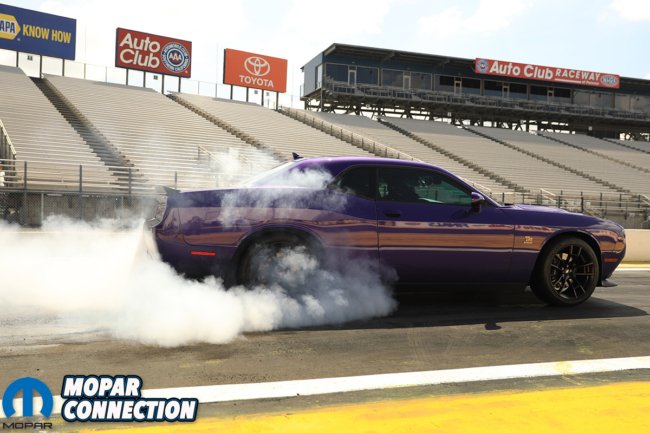
The Everyman’s Demon
At first glance even a well-versed Mopar aficionado might mistake the 1320 for a garden-variety R/T Scat Pack. While the changes are fairly subtle from a visual standpoint – not much more than badging and unique wheels and tires – it’s what’s underneath the skin that counts.
“We couldn’t just do the Demon and then walk away from the drag strip,” said Kevin Hellman, Dodge brand manager at FCA. “That car has left its stamp on the automotive industry. But this is a car for the grassroots drag racer.”
Under the hood of the 1320 is the familiar 485 horsepower, 6.4-liter naturally aspirated Hemi V8 that’s also found in the standard R/T Scat Pack. While buyers of the standard model have the option of either a six-speed manual or an eight speed automatic, the latter is the exclusive drivetrain combination with the 1320, and that’s due to all the other tweaks found throughout the car. “We wanted to give people as much tech from the Demon as we could,” noted SRT engineer, Jim Wilder.
As a result, the 1320 scores the Demon’s Torque Reserve, Line Lock and TransBrake features, along with big dog’s drag-tuned suspension and optional passenger and rear seats (both can be spec’d to the car for a buck apiece). Specially-developed Nexen SUR4G Drag Spec 275/40R20 street-legal drag radial tires are outfitted at all four corners to maximize straight-line grip, and the Demon’s heavy duty half shafts are equipped to ensure that the drivetrain is up to the abuse.
Helping to tie all the technology together is Drag mode. Hit the button on the center console and the suspension adjusts to transfer weight rearward at launch, while both the Line Lock and TransBrake help get as much power to the ground from a standstill for maximum effect.
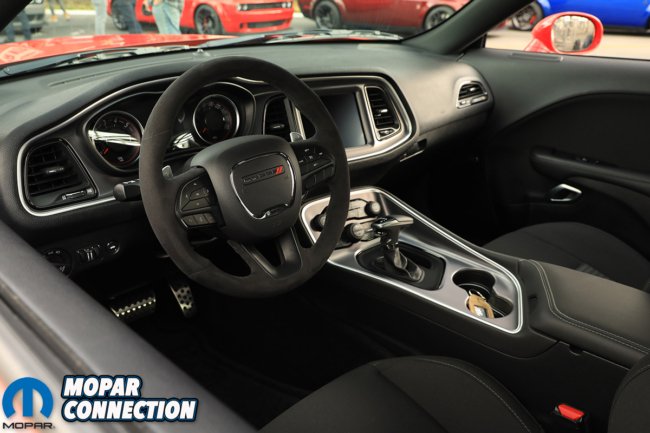
Behind The Wheel
As with the Demon, the process involved to get the most out of the 1320 at the strip seems a bit convoluted at first, but with a bit of seat time, it quickly becomes second nature. With Drag mode already queued up in the staging lane, we approached the water box. Line Lock is activated on the infotainment display – punch the button on the screen and it’s ready to go. But here’s where it starts to get a little tricky.
With your foot firmly on the brake, you press and hold the OK button on the steering wheel. With your thumb still holding that button, you take your foot off the brake and stomp the throttle. Holding the car in place with your hand rather than your foot initially takes a bit of mental gymnastics, but it doesn’t take long to get the hang of it. It’s really the TransBrake that requires your full attention.
“I tell most people not to try to figure it out at the starting line,” Wilder explained from the passenger seat as we staged the car. “There’s a few steps involved, and it’s a lot easier once it’s muscle memory – go somewhere safe with a bit of room and just practice using it ahead of time.” Frantically pressing buttons as the tree lights up is probably not the best route to a fast ET, and if you screw up the TransBrake procedure, both the Demon and the 1320 will burp off the line with all the grace of clutch-dumped school bus. It’s not a great look, so the uninitiated would be wise to heed Wilder’s advice.
The process goes something like this: With Drag mode still active after your burnout, the TransBrake is activated by pressing down hard on the foot brake with your left foot, holding it there, and then pulling and holding both shift paddles on either side of the steering wheel.
From there you dial in the RPMs by rolling into the throttle until the digital tachometer in the gauge cluster hits the desired range – Wilder says 1800-2100 RPM is good for a prepped surface like Auto Club’s. Once you have stabilized the rpms in that range release the left paddle, then the brake. After that, all that’s holding the car in place is shift paddle in your right hand while the rpms are being maintained by your right foot. When the tree lights up, release the right paddle and roll into the throttle as the car launches off the line.
It’s not foolproof, but when you get it right, the results speak for themselves. Dodge says the Scat Pack 1320 is good 0-60 mph in 3.8 seconds and a quarter-mile ET of 11.7 seconds, or about three-tenths of second quicker in each measure than the standard Scat Pack. After a few passes we start to really get the hang of it, launching the 1320 out of the hole with some serious shove. Although it’s down 355 horsepower to the Demon, the 1320 is certainly no slouch, and without the absurd power on tap it’s noticeably easier to get a solid run out of the Scat Pack 1320. You also won’t be rewarded by being kicked off the track for not having a roll bar if you nail your run in the 1320.
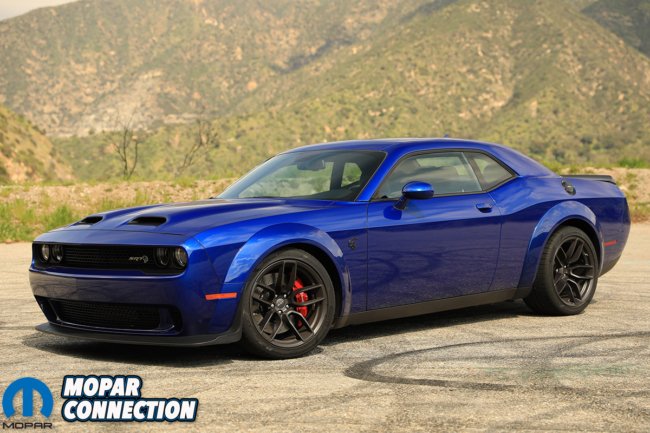
Hitting The Streets
After our stint at the drag strip we headed for the highway in an SRT Hellcat Redeye. Although it’s not the first time we’ve had a chance to sample SRT’s current top-dog Challenger, we are still awestruck by how manageable this 800 horsepower muscle car is when it’s asked to behave like a normal cruiser. Like the Scat Pack 1320 the Redeye is also an automatic-only affair, and that’s probably a good thing considering the sheer fury of the Demon power plant nestled in the engine bay. While it doesn’t get the Demon’s 840 horsepower race gas tune, it’s ostensibly the same Hemi in every other way.
Paired up with the Hellcat’s massive brakes and Widebody rubber, the Redeye is an absolute monster of a muscle car, dishing out 3.4 second spirits to 60 mph and 10.8 quarter mile times on the way to its 203 mph top speed. While the sheer savagery is mind blowing when you drop the hammer, the fact that you can do so while ventilated Napa leather seats coddle your backside and a 900-watt stereo belts out the tunes is proof positive that this is the golden era of the muscle car.
Near the top of Route 39 we rendezvous with the rest of our troop and swap the Redeye for a Scat Pack Widebody. Like the 1320 it’s motivated by Mopar’s 6.4-liter Hemi, but this one’s tuned for the road course. Unique suspension tuning paired with 305mm Pirelli Pzero summer tires makes this the best handling Challenger of the bunch, and while it’s down more than 230 horsepower to a narrow-body Hellcat, Wilder tells us that the two basically run door-to-door on FCA’s two-mile test track. And for the three-pedal fans among us, we’re happy to report that the six-speed manual is standard on this one while the automatic is optional.
With a starting price of $44,995 in Scat Pack Widebody spec, Dodge now offers compelling options for both drag racers and corner carvers that don’t require cashing out the kids’ college fund to put one in the driveway. And for those with the means, the Redeye brings Demon-like horsepower to the table paired up with the best of the Hellcat’s grand touring chassis tweaks to make for one seriously compelling combination.
While the industry might be turning its attention to EVs and autonomous driving tech, it’s reassuring to see that Dodge hasn’t lost sight of the script here. Software and efficiency certainly have their place in the realm of modern motoring, but there are still those among us who want to grab the wheel, lower the windows, and listen to a burly V8 sing. When you consider the lengths that Dodge has gone to in order to bring that experience to just about any type of motoring enthusiast under the sun, it’s no mystery why this big coupe continues to successfully buck the trend.




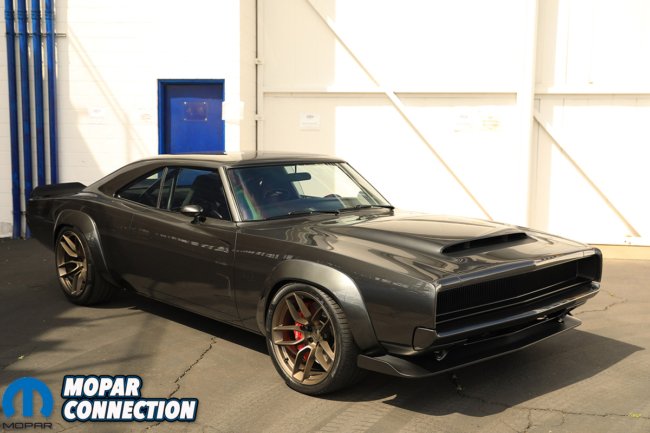


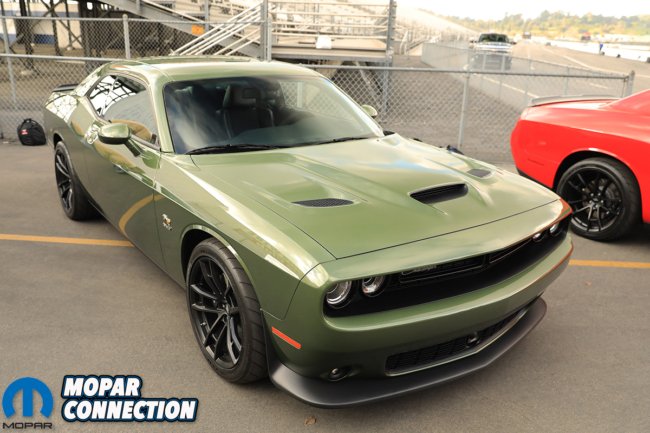
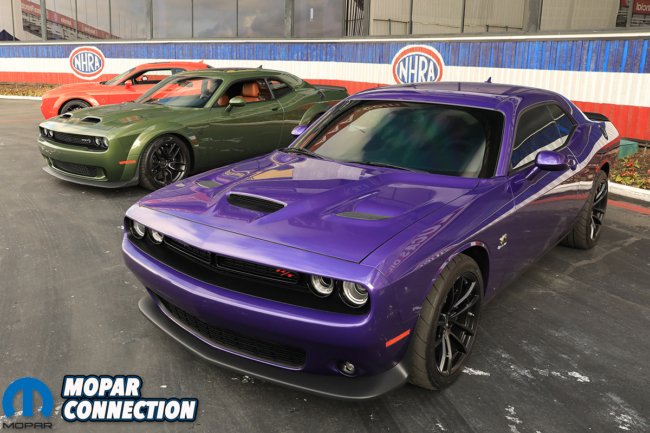
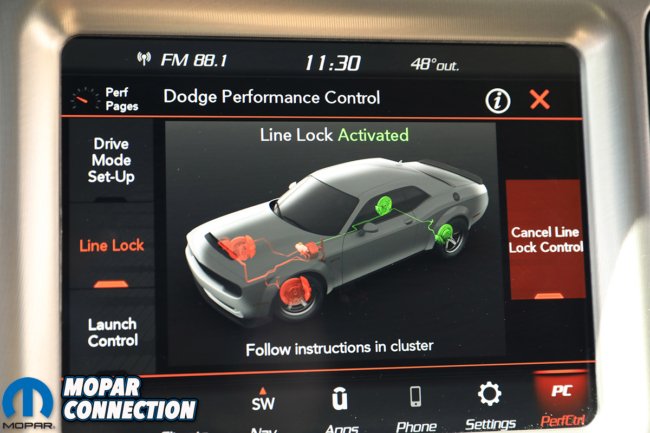








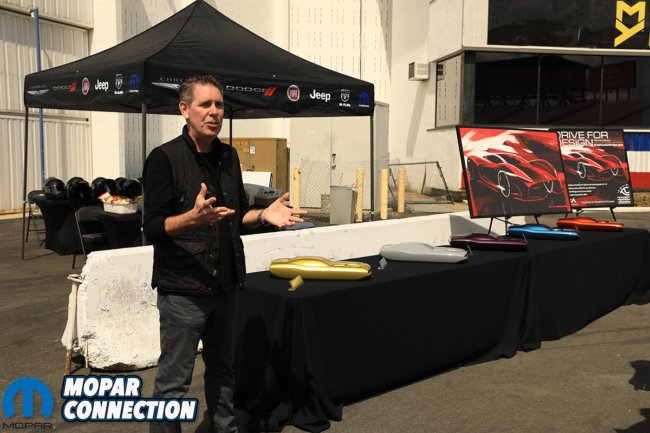
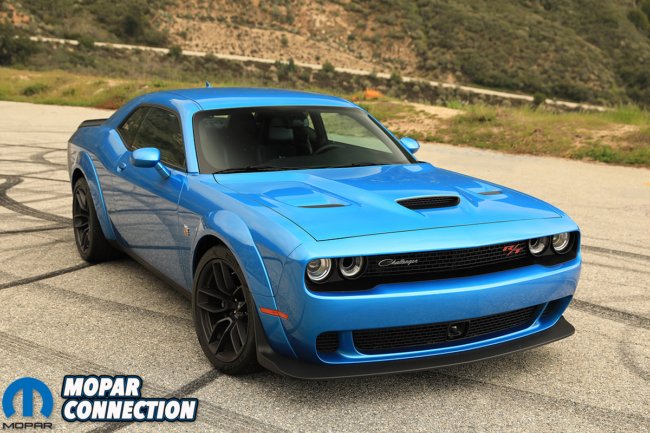
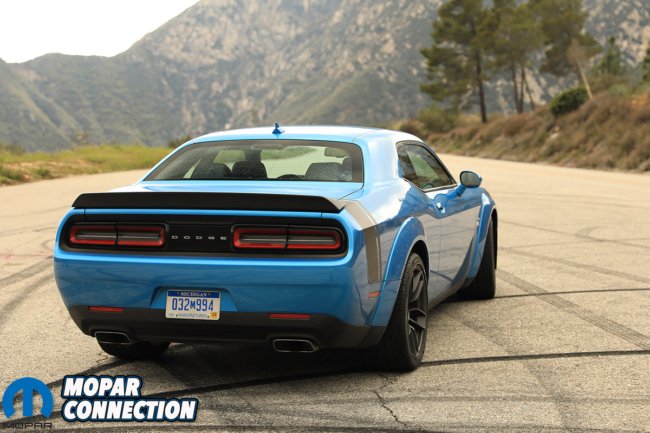



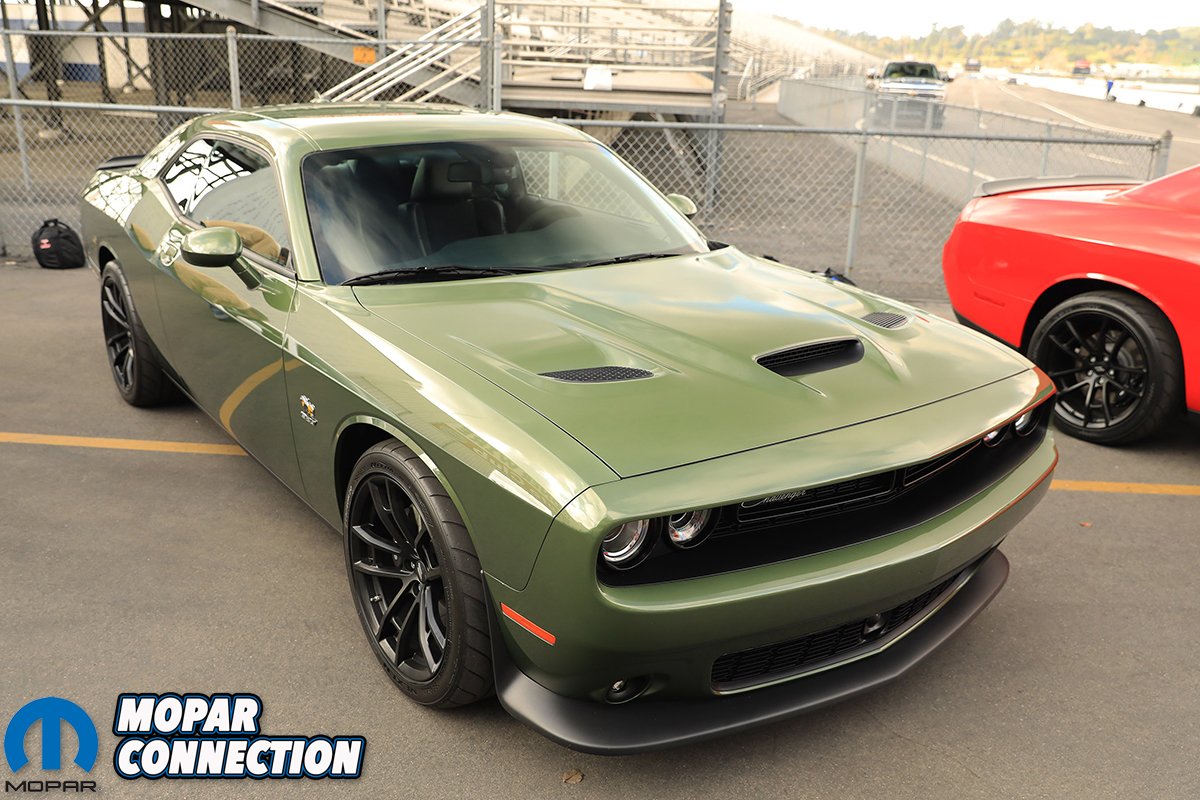




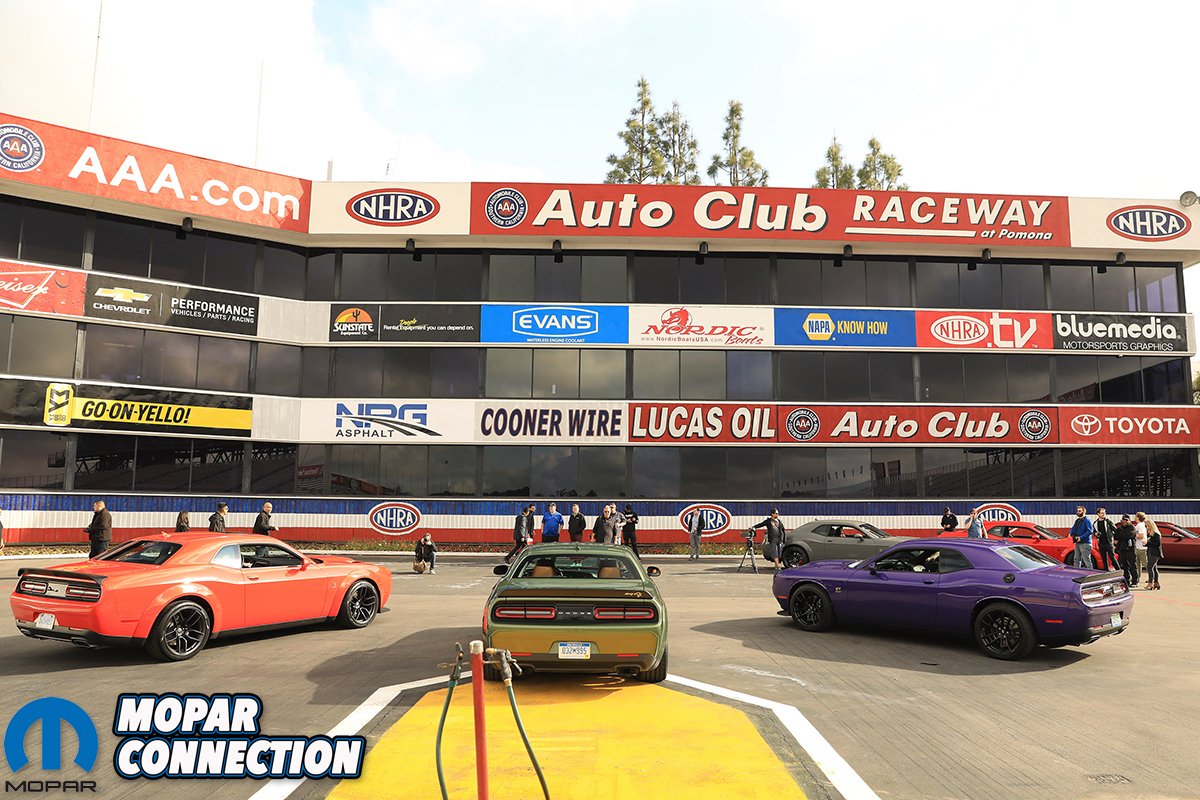



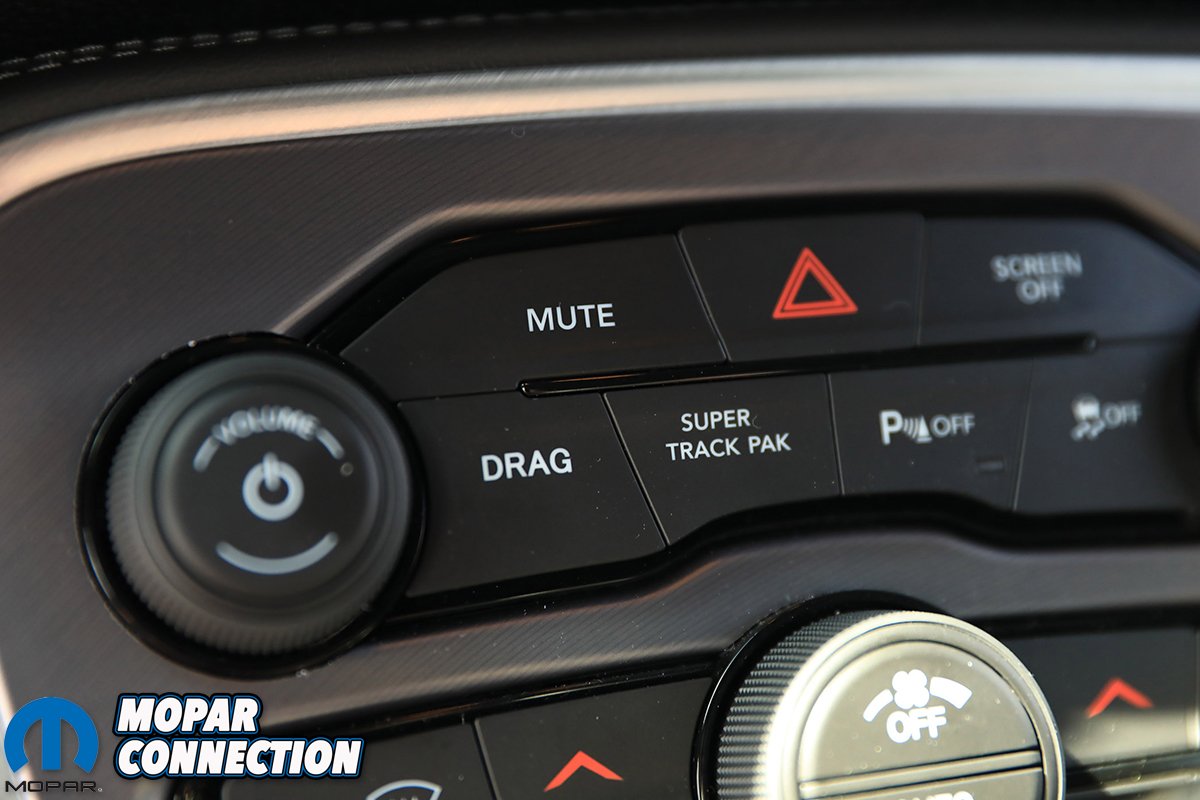

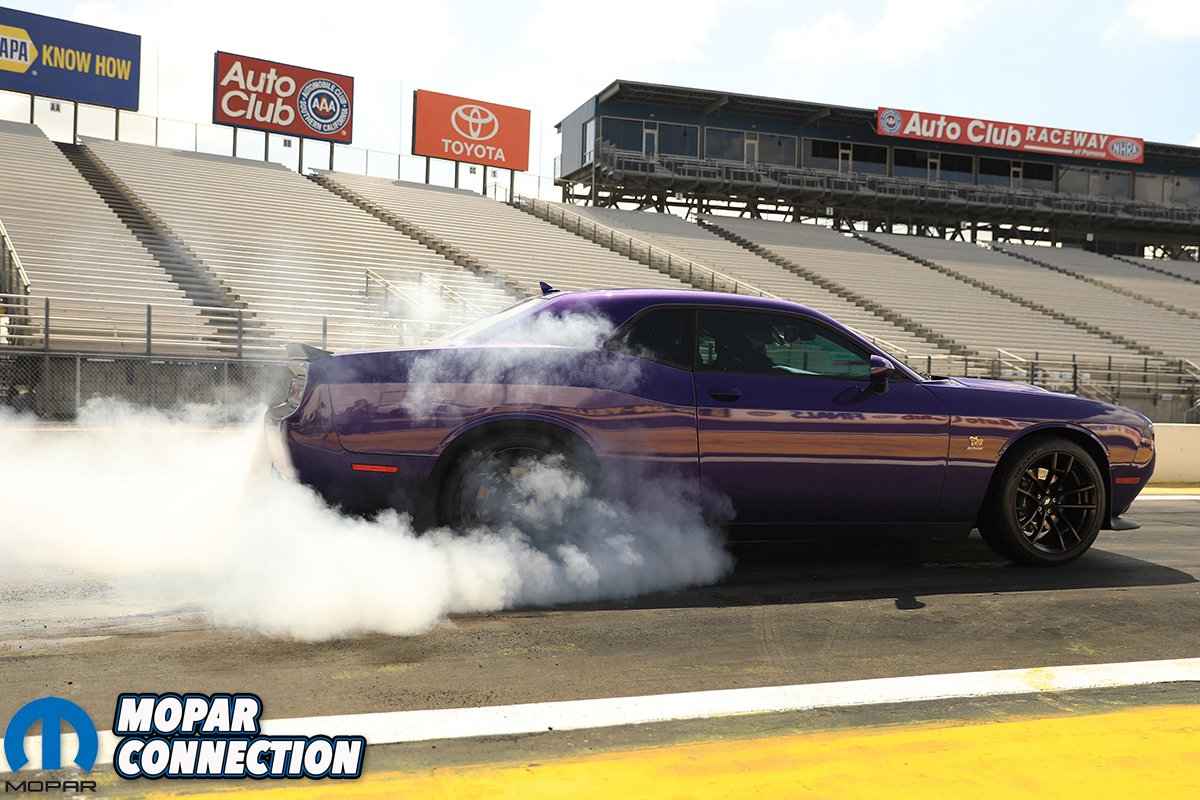





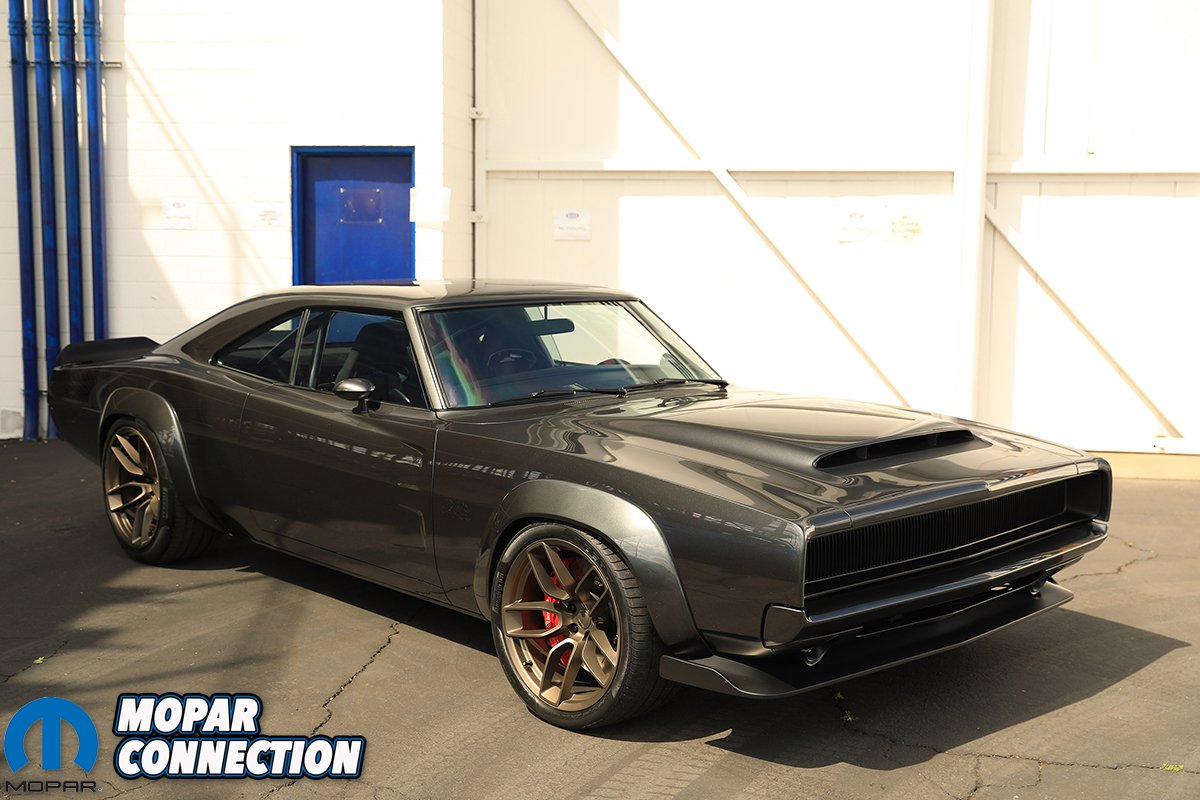


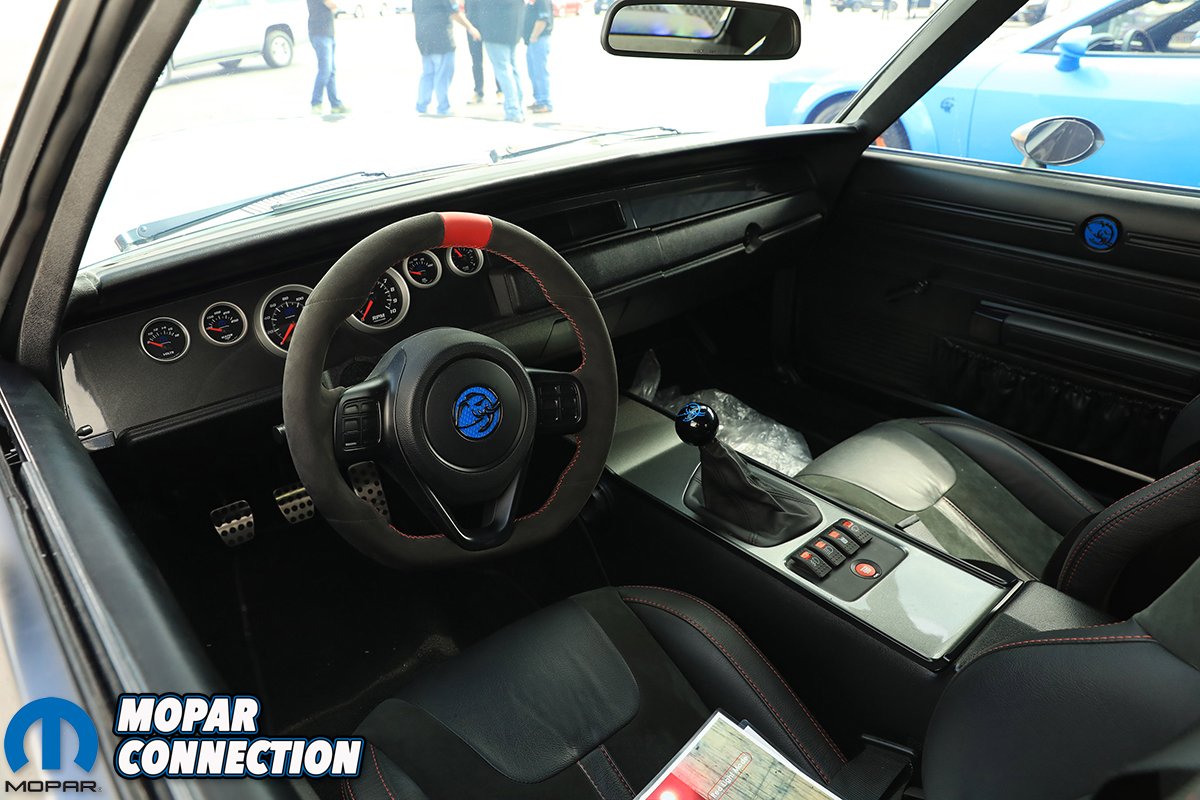




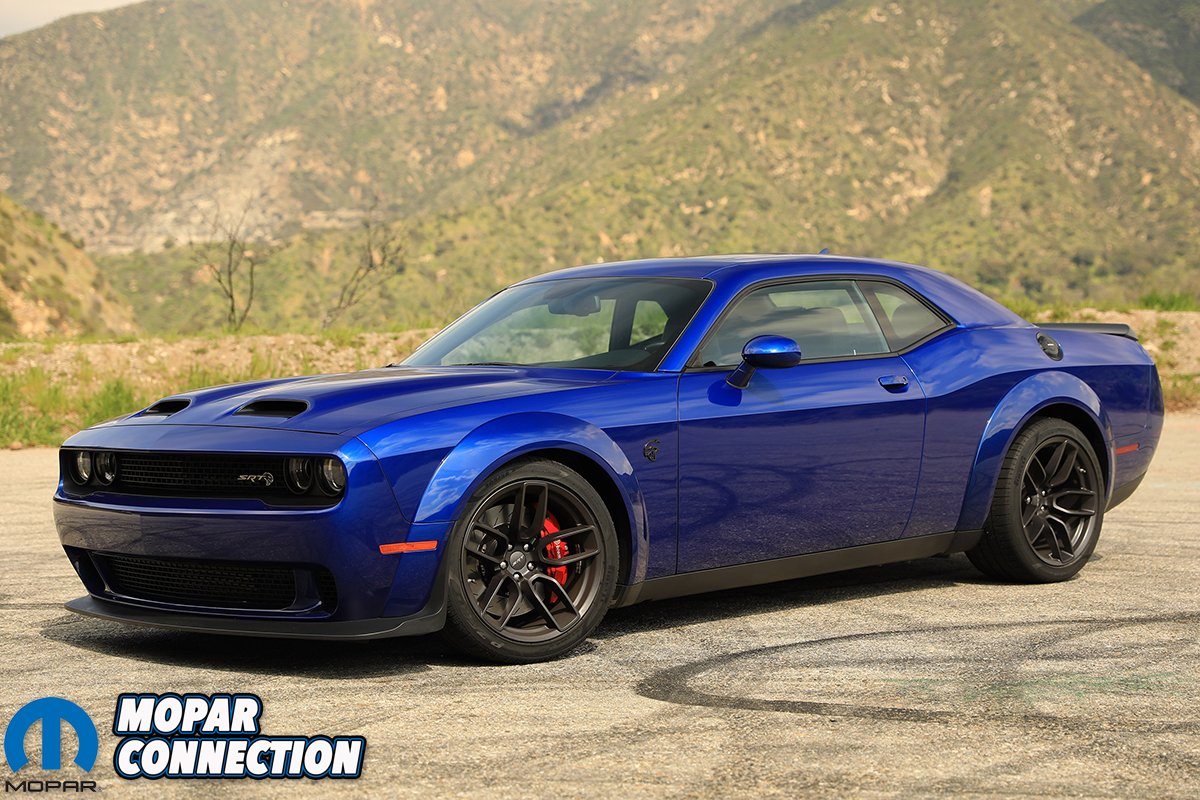

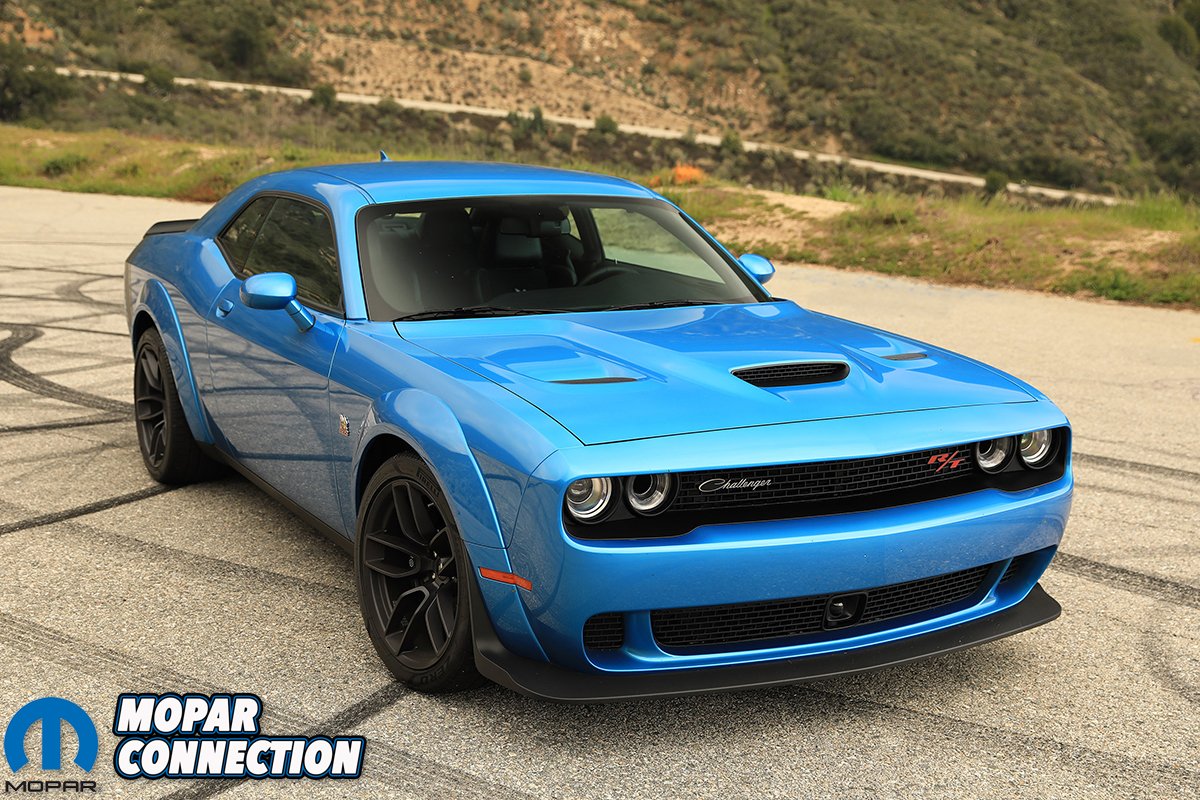



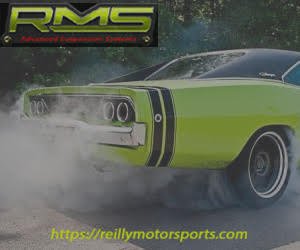


What about the Hellephant? You show us lots of pictures of it in this article …but nothing mentioned about it.
Do you mean the crate engine, or the SEMA-built ’68 Charger? The Charger is a one-off build. We’re not even sure the car runs functionally. The crate engine is still not available to the public, there’s no pricing either.